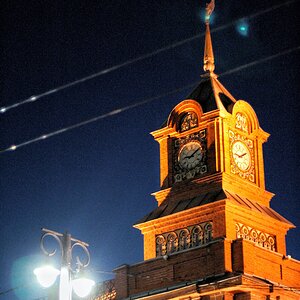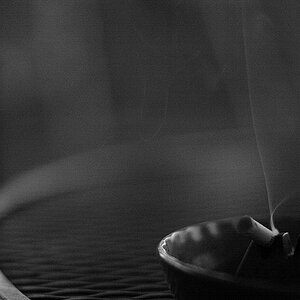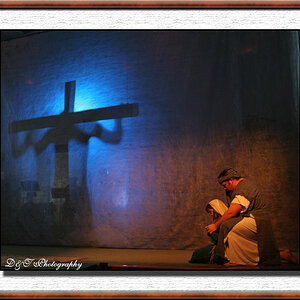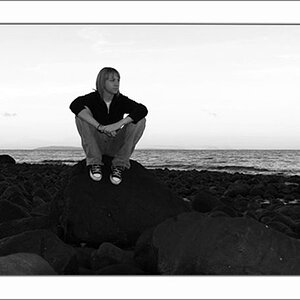- Joined
- Sep 13, 2013
- Messages
- 1,545
- Reaction score
- 636
- Location
- United States, PNW
- Can others edit my Photos
- Photos OK to edit
In a similar vein to a similar thread .. Do people have a personal experience over The D4 vs the D800E ?
A lot have said they're very similar ... The battery life is better on the d4, it shoots faster, has better light sensitivity and less noise.
But then ... the resolution is better on the D800E, It's thinner and cheaper ... by about 2.5 GRAND!!!
I will be moving up to full frame eventually, and am curious whether to go "high end" or "professional".
A lot have said they're very similar ... The battery life is better on the d4, it shoots faster, has better light sensitivity and less noise.
But then ... the resolution is better on the D800E, It's thinner and cheaper ... by about 2.5 GRAND!!!
I will be moving up to full frame eventually, and am curious whether to go "high end" or "professional".





![[No title]](/data/xfmg/thumbnail/31/31980-e5048a424621c7b3cd0d306d63c09d67.jpg?1619735137)






![[No title]](/data/xfmg/thumbnail/32/32166-ddd2797e76a9226d289c2158c3cf7b67.jpg?1619735234)
